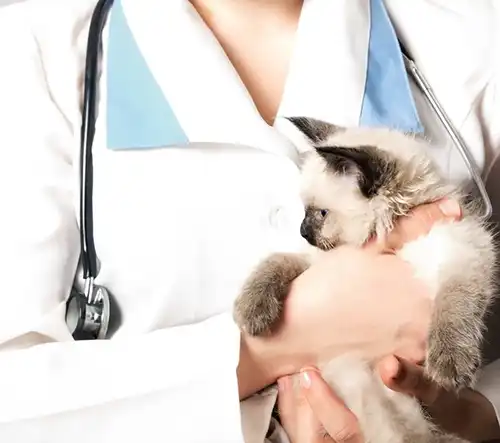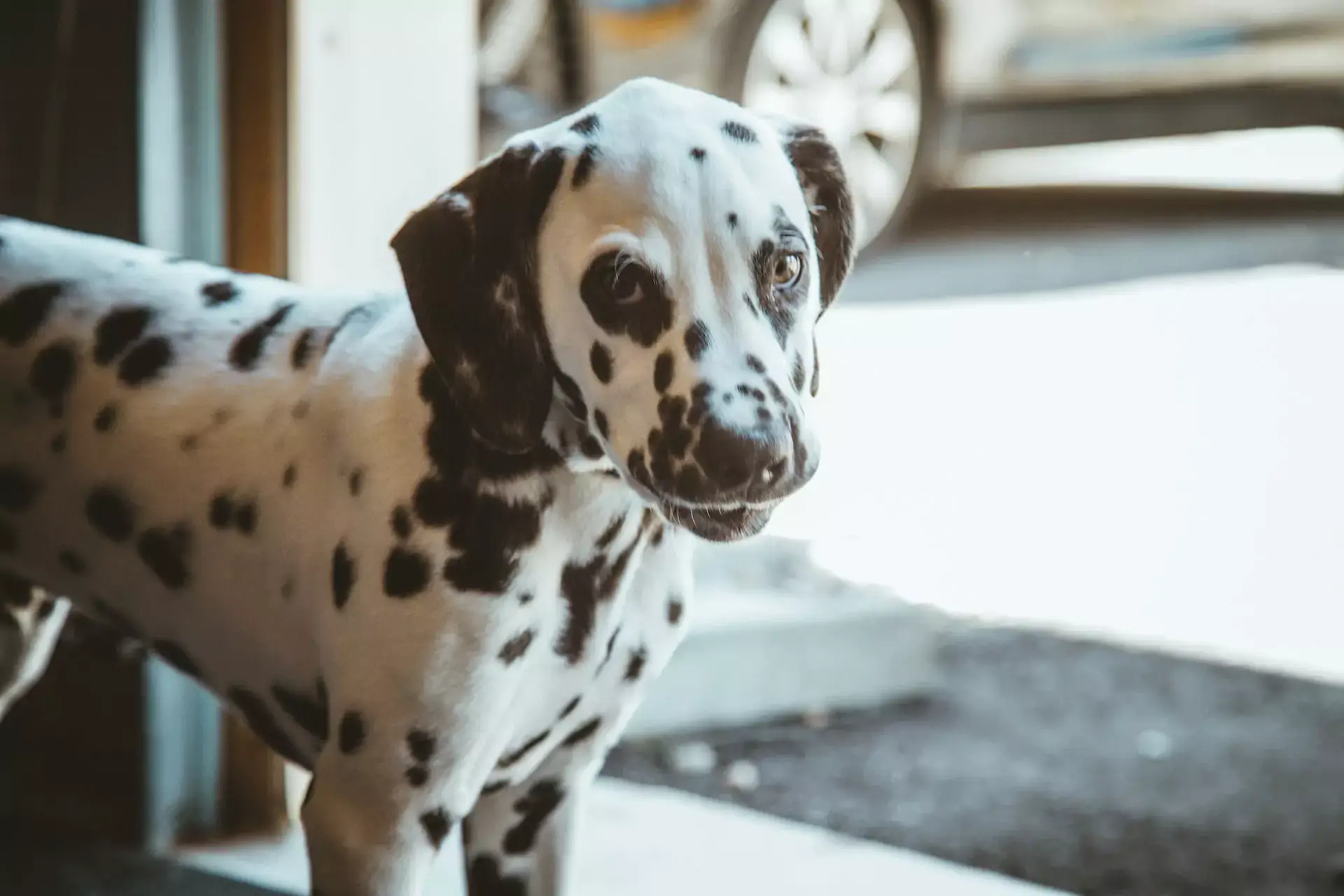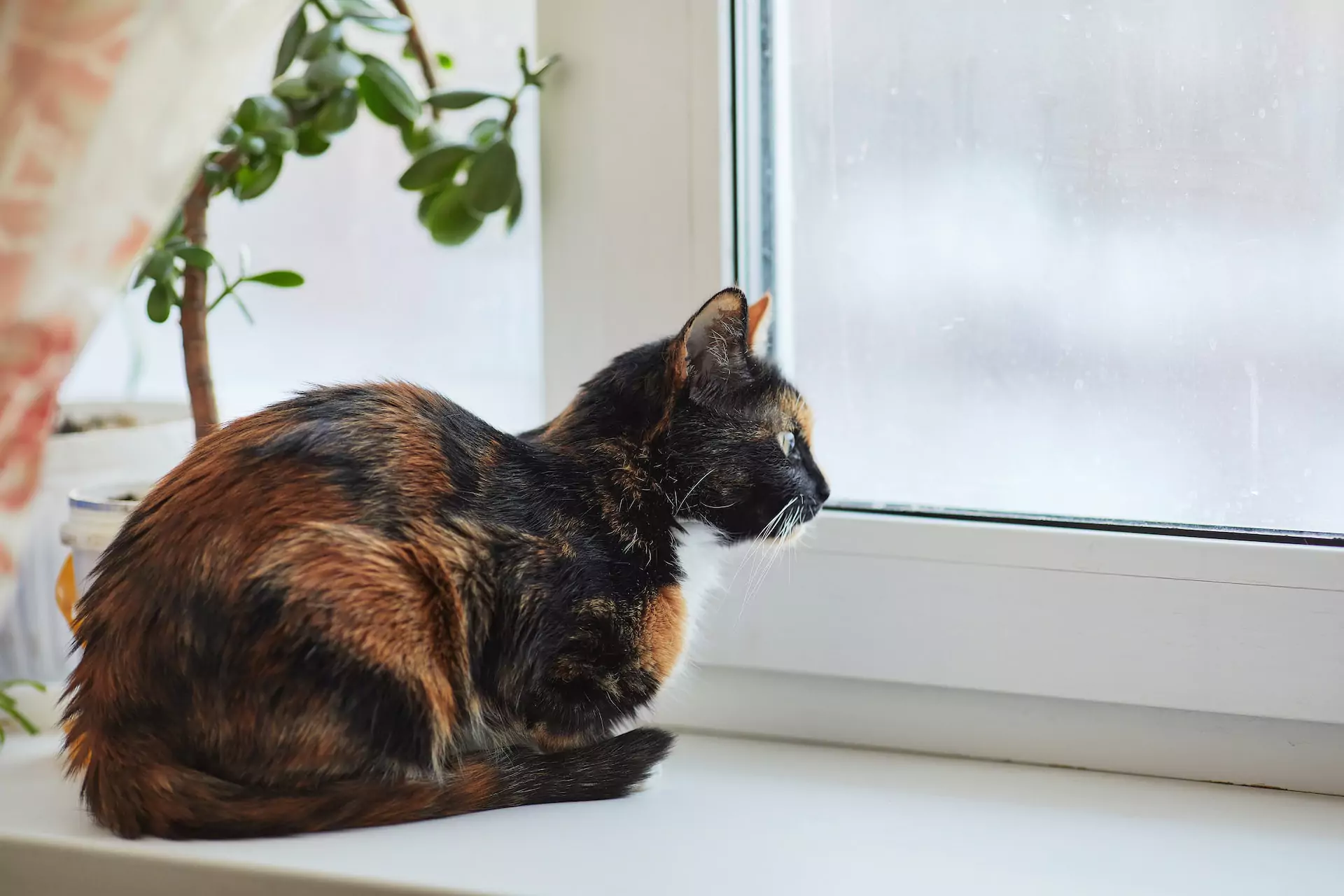Many dogs adore summer, reveling in outdoor activities like hiking, swimming, and playing. However, the hot weather can pose significant risks, making it essential to prioritize summer safety for dogs. Our comprehensive guide offers vital tips to keep your furry friend safe during the warmer months. From preventing painful paw burns to recognizing signs of heatstroke, you’ll find practical advice to ensure your canine companion enjoys summer to the fullest. Dive into our article and learn how to keep your dog healthy, hydrated, and happy, so you can make the most of this vibrant season together.
Summer is a favorite season for many dogs, filled with outdoor adventures and fun. However, it’s crucial to prioritize summer safety for dogs to ensure they remain healthy and happy during the hotter months. Our article provides essential tips to protect your furry friend from the dangers of heat, including preventing paw burns, ensuring proper hydration, and recognizing signs of overheating. Dive in to learn how to keep your canine companion cool and safe, so you can both enjoy the best of summer without worries.
Many of our canine patients really like this time of year. After all, summer is the peak season for many of Fido’s favorite pastimes, like hiking, camping, playing, and swimming. However, the heat can be dangerous for your pooch. You’ll need to take a few steps to keep your canine companion safe and comfortable as temperatures rise. A Grange Hill East, ON vet offers some advice on this below.
How Can I Keep My Dog Safe in the Summer?
Aside from keeping Fido hydrated and cool, there are a few more factors to consider. Paw burns are one thing to be cautious of. Use paw balm or wax, and keep your pup away from hot surfaces. If it’s too hot to walk barefoot, it’s too hot for your furry friend! Keep in mind that the pavement might remain scorching for some time after the sun has gone down.
Also, never leave Fido in a car unsupervised. Temperatures inside parked cars can rise dangerously quickly!
Fido should also be fixed, microchipped, and up-to-date on vaccinations and parasite prevention. If he is overdue, contact your veterinarian to schedule an appointment.
If you take your canine buddy swimming, or even just bring him around water, you’ll also need to be extra vigilant then. Never leave your pet near water unattended, even for a minute. Pools should also be gated off when they aren’t in use. Also, keep in mind that swimming just isn’t right for every pup. Fido may be better off just splashing around in a kiddie pool or in the water from a fountain.
What Temperature Is Too Hot for a Dog to Be Outside?
In general, you should take extra care with Fido whenever the temperature rises above 80 degrees. Even temperatures above 75 degrees Fahrenheit might be harmful for some dogs. Huskies, for example, have an abundance of dense fur. That bulky coat is ideal for cold, snowy weather, but it can make him unpleasant in the heat. If it’s over 90, you’ll need to be really cautious. Anything above 100 is exceedingly risky. Fortunately we don’t get the worst heat waves here in Canada, but those we do get are plenty hot enough to be dangerous.
How Can I Keep My Dog Cool in Summer?
Fido cannot turn down the air conditioner or point a fan at himself, so you’ll need to take a few precautions to keep him safe.
Water is the most crucial thing. Fido should always have access to fresh drinking water. You may need to put up more water stations, especially if you have a large property and/or multiple dogs. On hot days, add a couple ice cubes to your furry friend’s water bowl. Always bring water when you go out with your pooch. You can get your furry buddy a water bottle with a dispenser to drink from. This is a useful item to take in the car, along with some bottled water.
Your pooch should also have access to climate-controlled rooms. If Fido has a yard to chase squirrels in, make sure there is a shady spot.
You may also need to change Fido’s routine for walks and playtime. Take him out in the mornings and evenings, when it is cooler outside.
Your canine companion will appreciate having a comfortable bed. You might want to consider obtaining a raised bed. Because they enable air to flow beneath them, they stay cooler than traditional beds. You can also position a fan near or over the bed. You just need to make sure your dog doesn’t knock it over onto himself.
Cooling mats and pads might also help. These are ideal for puppies that suffer with the heat. There are many various variations available, so do some research before purchasing one. If you want to go the DIY route, store a clean towel in the freezer for Fido and place it in his bed. Alternatively, hang a damp bandana around his neck. The water will cool Fido down as it evaporates. Plus, your canine companion will look adorable.
If you have a yard, get your furry buddy a kiddie pool to play in. Fido may also like playing in the water with a hose or doggie sprinkler. You can even get your canine companion a fountain that sprays water in the air when he steps on it.
Grooming is also crucial. Some dogs will feel more at ease with a nice summer do. Of course, some puppies have fur that should never be trimmed. If Fido has a double coat, a haircut may damage his fur.
What Snacks Can I Offer My Dog on Hot Days?
We all enjoy a chilly treat on hot days. This is a great method to get the little tail moving.
Doggy Ice Cream: Many pet stores sell ice cream created just for Man’s Best Friend. Ben & Jerry’s even makes one! You might also make your own. There are a lot of recipes online. Just stick to safe ingredients.
Pupsicles: This is a simple recipe that your pooch will undoubtedly like! You’ll need some paper cups, like Dixie cups. Set them out on a tray and fill with water or sodium-free broth. You can also combine the two. Place them in the freezer to solidify slightly before inserting a chew stick into the center of each. Allow them to completely freeze. Simply pop one out when you want to offer Fido a snack.
Broth Cubes: This is another simple one. Simply place sodium-free broth in an ice cube tray and freeze. Give Fido a couple on hot days. You can also include shredded pork, bacon pieces, shredded cheese, peas, canned chicken or tuna, and healthy fruits and vegetables.
What Are the Signs My Dog Is Too Hot?
Overheating is particularly dangerous to pets. Our canine companions can become dangerously hot very rapidly in hot weather. Fido can only cool down through his paw pads, as he cannot sweat. Panting can only help to a limited extent. When it’s hot, keep a close eye on your canine pal and watch for warning signs.
Panting is usually the first thing you’ll notice. It is natural for dogs to pant after running and playing, but if Fido is panting excessively, he may be overheated.
Other red flags include the following.
- Dehydration
- Drooling
- Trembling
- Discolored gums
- Lack of Urine Output
- Lethargy
- Vomiting
- Diarrhea
- Confusion
If you detect any of these, take urgent action to cool your pup down and contact your veterinarian. You can offer Fido some lukewarm water to drink. Spritzing him with water and wiping a cool, wet towel over him can also be beneficial. Your veterinarian will be able to provide detailed instructions.
Have Fun With Fido!
This is an excellent time to go on some fun trips with your pet best buddy. In the evenings, toss a ball for Fido or take him for a walk around a beautiful park. Time with dogs is never wasted! You may find that you really enjoy taking a relaxing walk with your furry friend at sunset, or just relaxing on your porch or deck as he dozes at your feet. Life is just better with dogs.
Essential Summer Safety for Dogs in 2025
What parasite prevention measures should I take for the summer?
During summer, it’s vital to protect dogs from parasites such as fleas, ticks, and heartworms, which are more prevalent in warmer months. Use a veterinarian-recommended flea and tick prevention product, available in forms like topical treatments, oral medications, or collars. Additionally, ensure heartworm prevention is current, as mosquitoes, which transmit heartworm, are active during this season. Regularly check your dog for ticks after outdoor activities. Combining these measures significantly reduces the risk of parasitic infections, safeguarding your dog’s health throughout summer.
What are the signs of an allergic reaction to insect bites?
Signs of an allergic reaction to insect bites in dogs include intense scratching, swelling at the bite site, hives, and redness of the skin. More severe reactions can manifest as difficulty breathing, sudden onset of diarrhea, vomiting, and collapse. It’s critical to monitor for these symptoms, as they can escalate quickly. If any of these signs are observed, it’s essential to seek immediate veterinary care to manage the reaction and prevent more serious complications such as anaphylaxis, which is life-threatening.
How can I protect my dog from potentially toxic lawn and garden products?
To safeguard dogs from potentially toxic lawn and garden products, it’s essential to use pet-safe alternatives whenever possible. Avoid exposing dogs to areas treated with chemical fertilizers, pesticides, or herbicides, and always follow label instructions for safe use and drying times. Rinse paws after walks in treated areas to prevent ingestion of toxic residues. Additionally, storing all garden products securely and educating oneself on the ingredients and potential risks can significantly reduce the chances of accidental poisoning. When in doubt, consult a veterinarian for advice on specific products and their safety.
What are the risks of dogs drinking salt water?
Dogs consuming salt water face significant health risks. Salt water ingestion primarily leads to hypernatremia, where the sodium levels in the blood become excessively high, causing dehydration and kidney damage. Symptoms can include vomiting, diarrhea, and severe dehydration, which can be fatal if not promptly addressed. Additionally, frequent ingestion of salt water can lead to more chronic health issues such as elevated blood pressure and potential damage to the kidneys. It’s crucial to ensure fresh water is available for dogs when near the ocean to prevent salt water consumption.
What immediate actions should I take if I suspect my dog is overheating?
If you suspect your dog is overheating, immediately move your pet to a cooler area, such as an air-conditioned room or a shaded outdoor spot. Offer small amounts of lukewarm water to drink. Gently spritz your dog with water or wipe them down with a cool, damp towel, focusing on their paw pads and underbelly. Look for signs of overheating, such as excessive panting, drooling, trembling, or lethargy. If symptoms persist or worsen, contact your veterinarian immediately for further guidance. Prompt action can prevent severe heat-related complications.
Book An Appointment At Our Grange Hill East, On Pet Hospital
Is your dog due for an examination? Do you have any questions about its health or care? Contact us here at your Grange hill east, ON pet hospital today!






!Social Media Icons